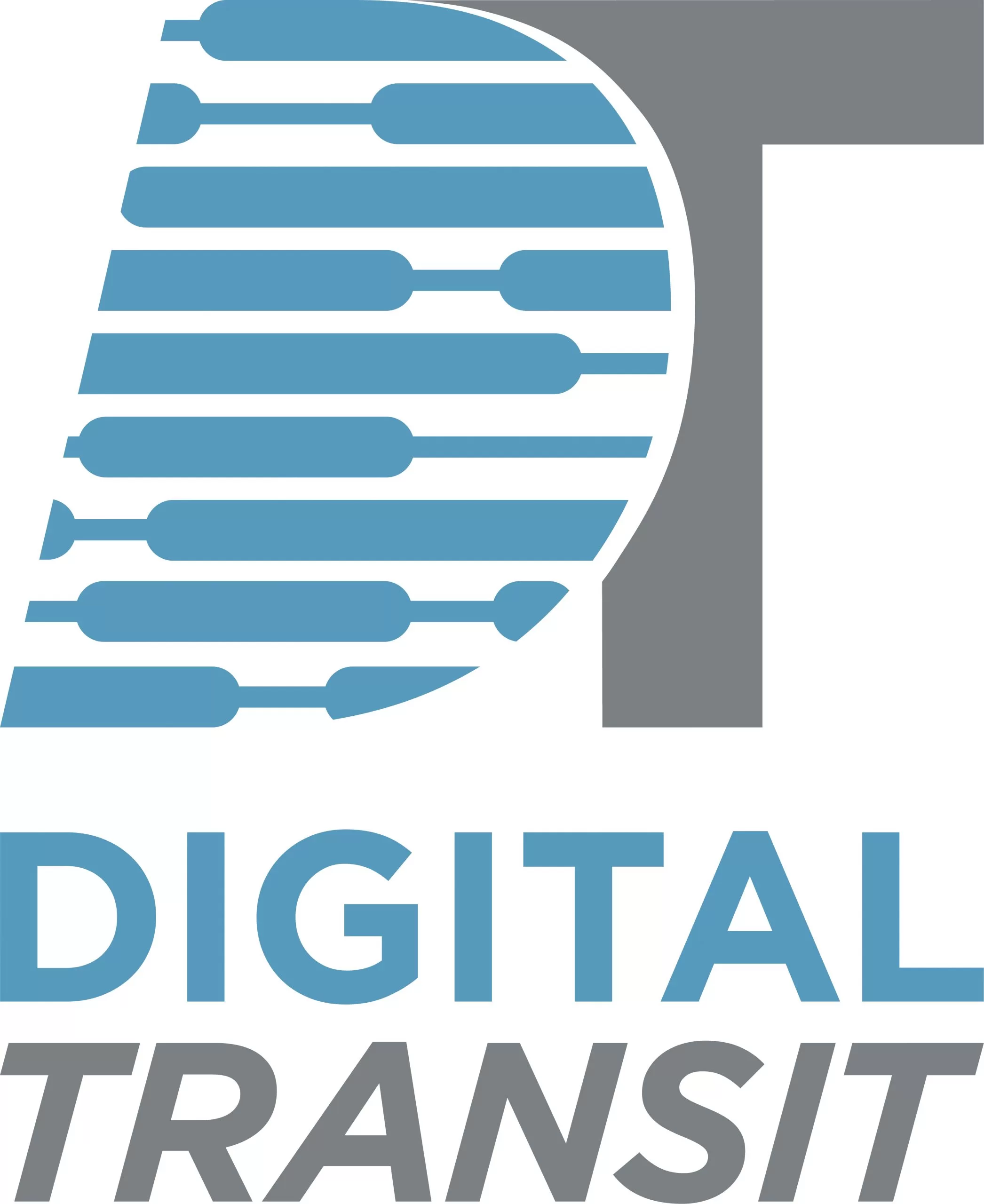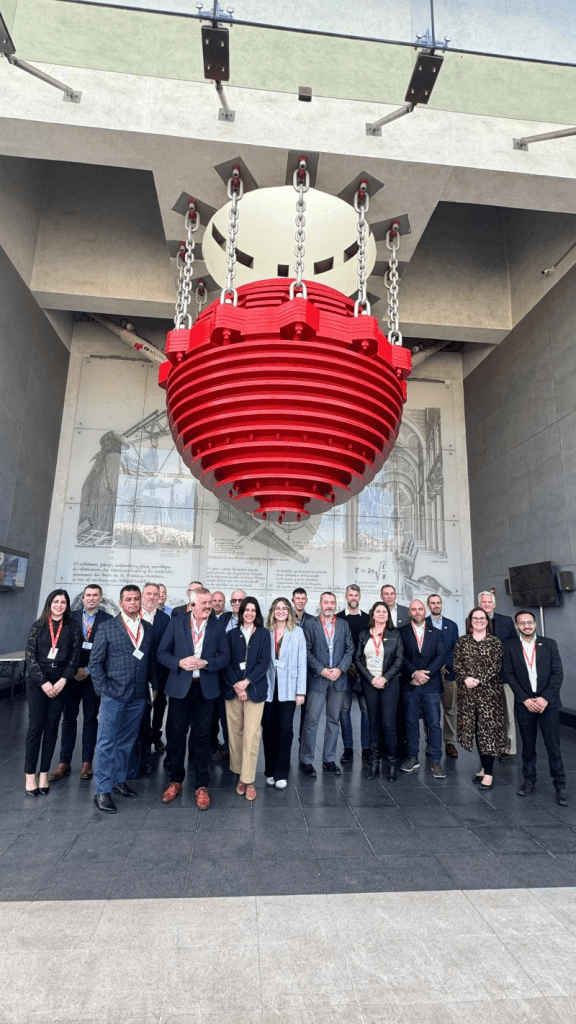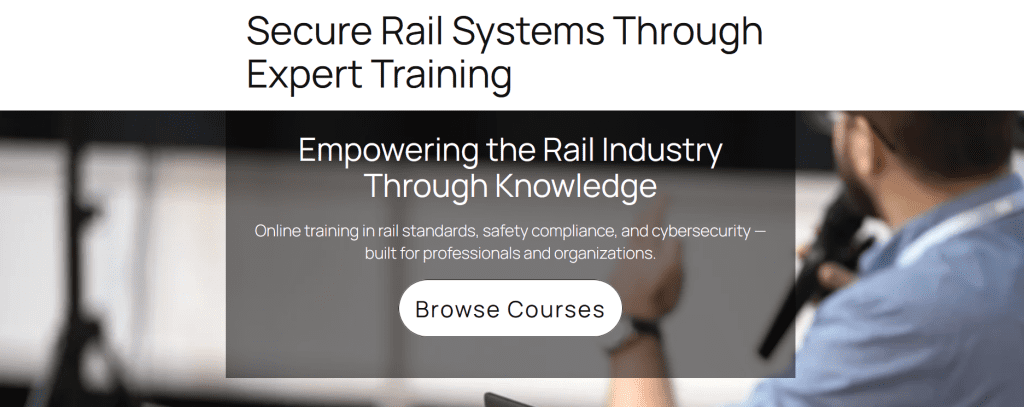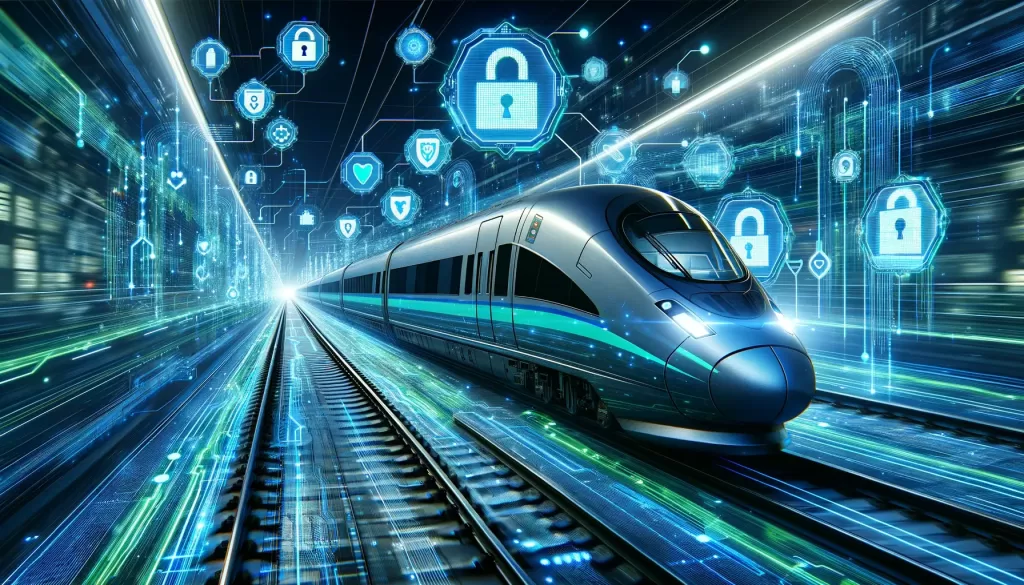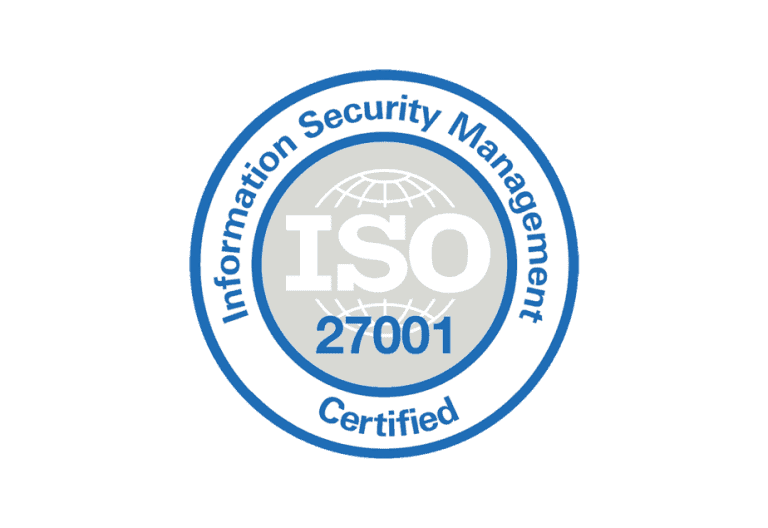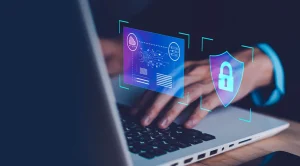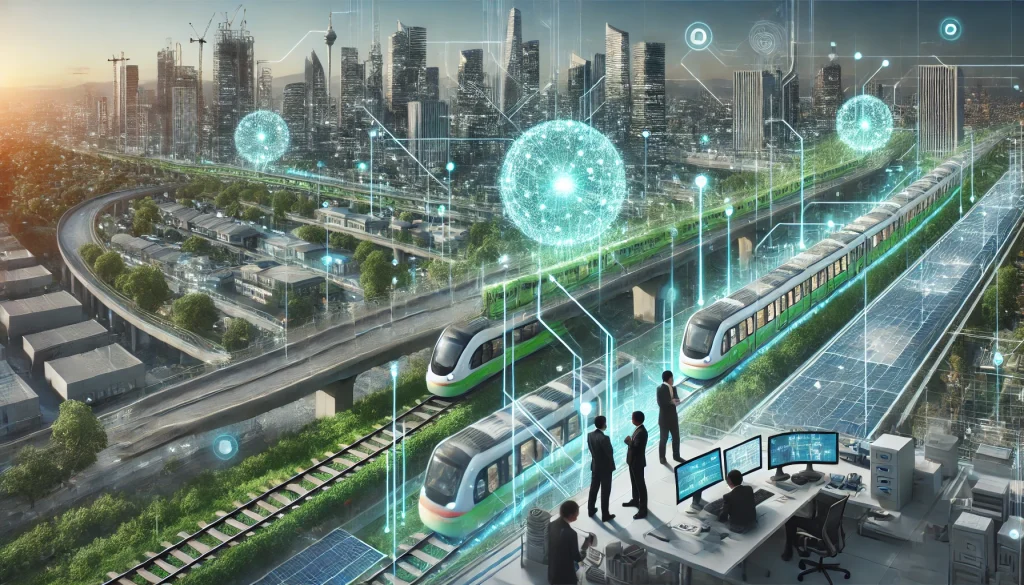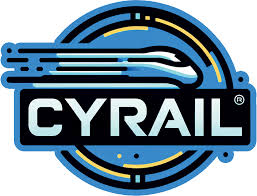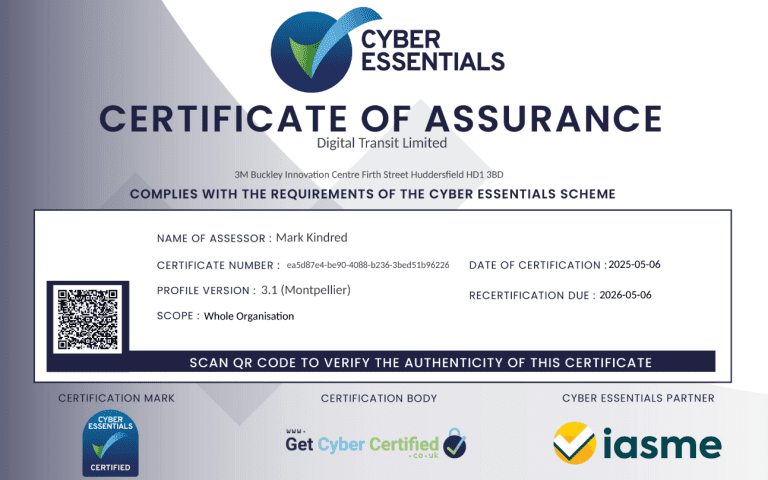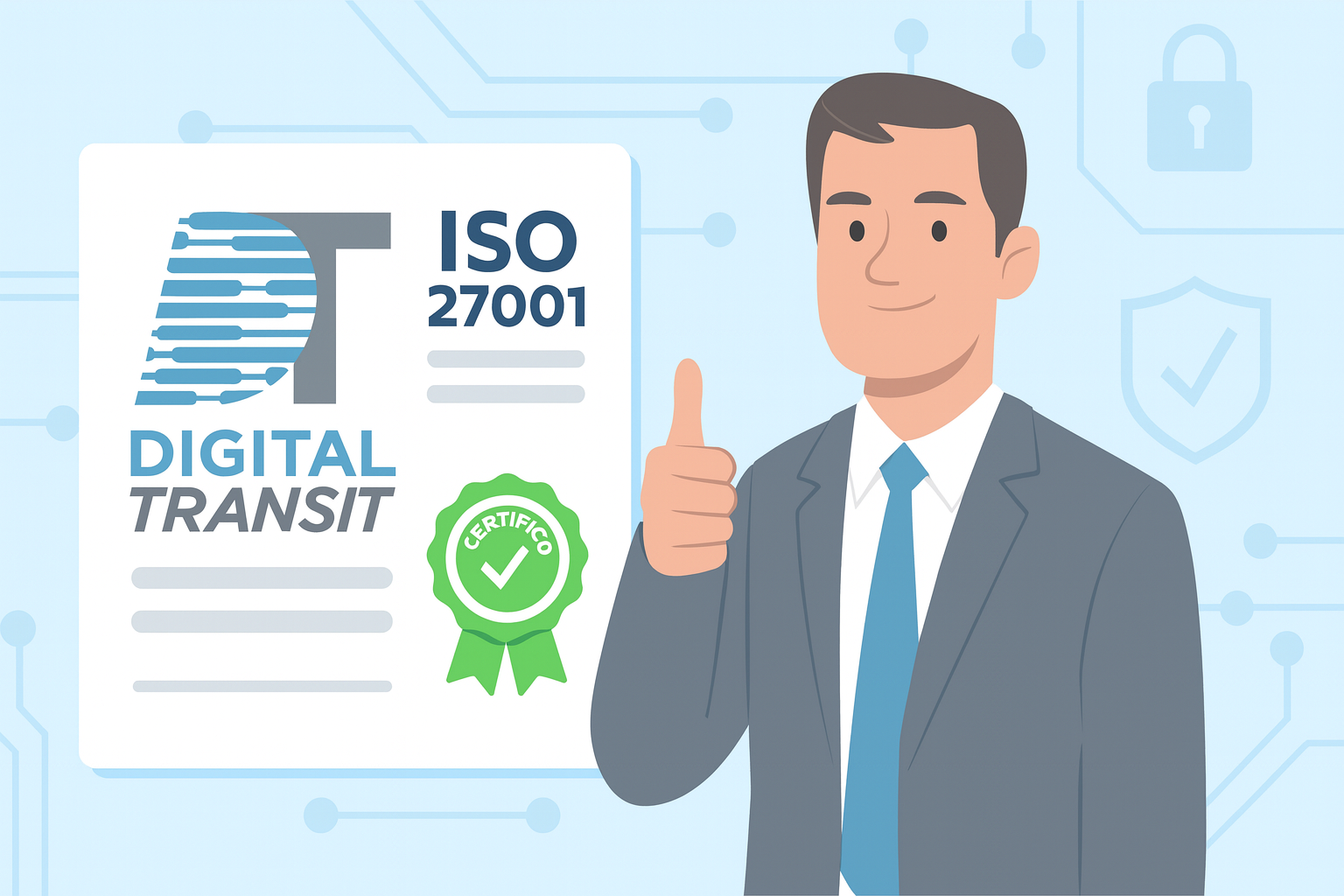
Digital Transit Receives Recommendation for ISO 27001 Certification for Information Security Management
Digital Transit Ltd is proud to announce that it has officially received recommendation for certification to the BSI ISO/IEC 27001:2022 standard for its Information Security Management System (ISMS).
This internationally recognised standard demonstrates that Digital Transit has implemented a robust and systematic approach to managing sensitive information, ensuring data confidentiality, integrity and availability across all operations — including AI-based safety, cybersecurity, and digital-twin systems in the rail and critical-infrastructure sectors.

What is ISO 27001?
ISO 27001 is the global benchmark for information security management. It provides a framework for establishing, implementing, maintaining and continually improving information-security controls in line with regulatory and contractual requirements such as the UK Data Protection Act 2018, GDPR, and NIS2 Directive.
At its heart lies the C-I-A Triad:
- Confidentiality – ensuring information is accessible only to authorised individuals
- Integrity – maintaining accuracy and completeness of information
- Availability – ensuring authorised users have access to information whenever required
These principles underpin every part of Digital Transit’s product development, cloud platforms, and client-data environments.
A Team Effort
The certification marks the culmination of months of preparation, internal audits and process improvements across the company. Digital Transit’s internal compliance team led the effort to document policies, assess risk, and embed security best practice into every project lifecycle.
Dr Howard Parkinson, CEng FIMechE MIRSE, Chief Executive Officer, said:
“Achieving ISO 27001 is an important milestone in our journey to assure our clients, collaborators and stakeholders that Digital Transit manages information with the same precision and integrity we apply to our safety-critical engineering systems. This certification underscores our commitment to trust, transparency and technical excellence.”
Why This Matters
For Digital Transit’s customers, ISO 27001 certification provides the assurance that data, models and analytical results handled within our platforms — including AI-driven assurance, cybersecurity, and Net Zero energy systems — are protected through rigorously verified controls.
For partners and funding bodies, it signals alignment with international best practice in risk management, governance and compliance, strengthening Digital Transit’s readiness to deliver high-integrity solutions under Innovate UK, DBT and Horizon Europe programmes.
Next Steps
This accreditation complements Digital Transit’s ongoing alignment with EN 50716, IEC 62443, IEC 63452, and forthcoming ISO 42001 (AI Management) certification, forming a unified governance framework for secure and trustworthy AI within safety-critical domains.
As Digital Transit expands internationally, ISO 27001 reinforces our mission: to deliver secure, intelligent, and reliable technology for the world’s most demanding transport and energy systems.

